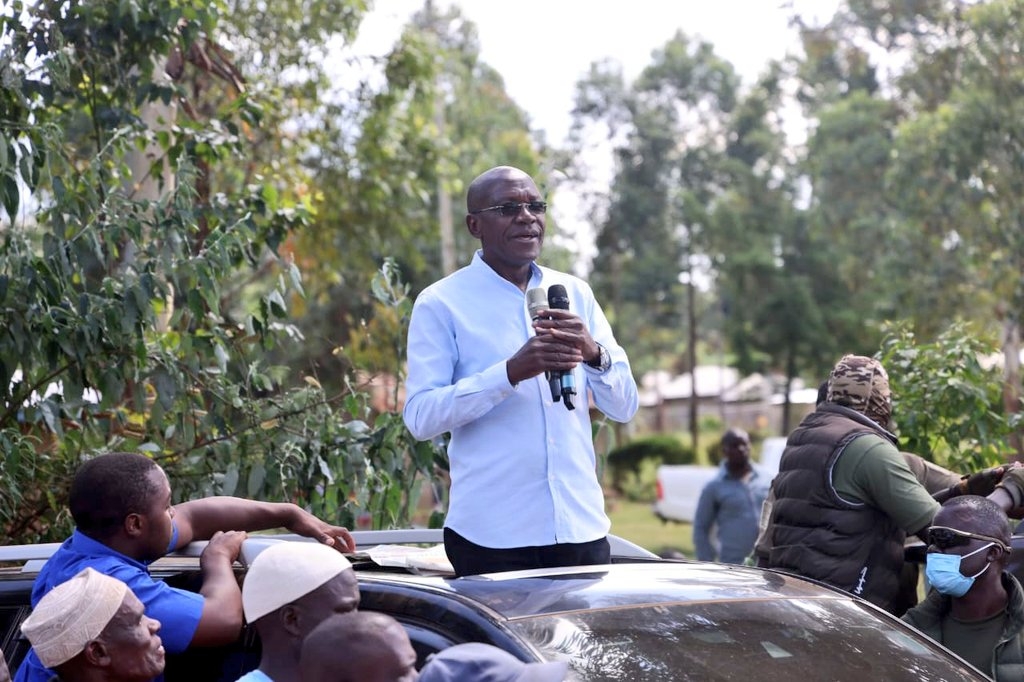Since the 1800s, human activities have been the main driver of the rise in temperatures and changing weather patterns. Some factors may be natural and beyond human control, such as variations in the solar cycle, but human activities such as burning fossil fuels like coal, oil and gas are the main culprits.
Generating power is one of the main human activities causing climate change. Electricity is still mostly generated by burning coal, oil or gas, which produces carbon dioxide and nitrous oxide—powerful greenhouse gases that blanket the earth and trap the sun's heat.
Manufacturing of goods and food production also produce emissions as these processes involve burning fossil fuels to produce energy used in the industries. The manufacturing industry, for instance, is one of the largest contributors to greenhouse gas emissions worldwide.
Food production involves clearing of land and deforestation, production and use of fertilisers to grow crops, and the use of energy to run farm equipment, usually with fossil fuels. All this makes food production a major contributor to climate change. Packing and distribution of food too.
Climate change comes with several effects one of which is hotter temperatures. As greenhouse gas concentration rises, so does global surface temperature. The last decade 2011-2020 was the warmest on record. Since the 1980s, each decade has been warmer than the previous one.
Nearly all land areas are seeing more hot days and heat waves. Higher temperatures increase heat-related illness and make working outdoors more difficult. Wildfires start more easily and spread more rapidly when conditions are hotter.
Climate change has also lead to an increase in drought, hence, food and water shortages. Global warming exacerbates water shortages in already water-stressed regions, leading to an increased risk of agricultural droughts affecting crops, and ecological droughts increasing the vulnerability of ecosystems. Deserts are expanding, reducing land for growing food. Many people now face the threat of not having enough water on a regular basis.
A lot indeed has to be done to curb climate change. Countries need to move their economies away from fossil fuels since the more fossil is extracted the worse climate change will get. Changing our main energy sources to clean and renewable energy is the best way to stop using fossil fuels.
The natural world is very good at cleaning up our emissions, but we need to look after it. Planting trees in the right place or giving land back to nature through rewilding schemes is a good place to start. This is because photosynthesising plants draw down carbon dioxide as they grow, locking it away in soils.
Oceans and forest protection are also crucial in the fight against climate change. Forests and oceans absorb a huge amount of carbon dioxide from the atmosphere, which helps to keep our climate stable.
Societies must build strong, expanded and productive collaboration that will encompass response to climate change in its operations. This will help mitigate the adverse effects of a changing environment and build resilience in our communities.
Student, Maseno University















